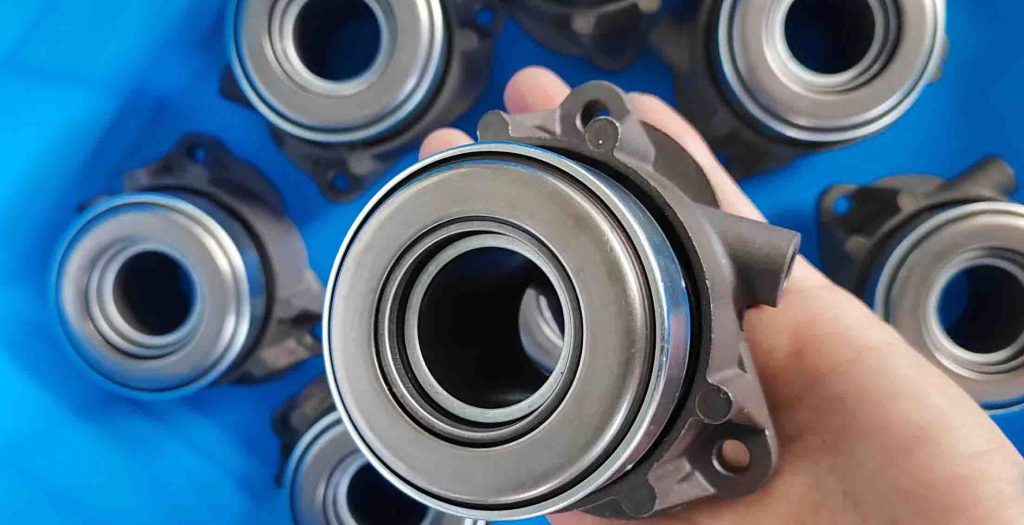Hydraulic Clutch Slave Cylinder
- 20 Years Experience
- TS16949 Certification
- 100% Full Inspection Before Packaging.
Central Slave Cylinder & Pneumatic Release Bearing Supplier & Manufacturer
Provide complete Hydraulic Clutch Slave Cylinder Technical Tech Assistance.
Make an Enquiry
+ 86-137 5815 0719
Cell / Whatsapp
Hydraulic Clutch Slave Cylinder
Orient Auto Part,20 years of focused research and development of hydraulic clutch slave cylinder, have resulted in a product of exceptional quality.
Hydraulic clutch slave cylinder acknowledged by the industry, in addition to the four benefits of the industry level.
Independent core technology, with a number of key technical innovations such as eccentric arc and non-turning block, a competent R & D staff, and a continuous push to release superior goods. To produce consistent products, whole-process quality control, stringent control of raw materials, heat treatment, finishing, assembly, testing, and other critical quality control points are used.
Thousands of specifications for the whole family of hydraulic clutch slave cylinder to fulfill your unique transmission demands. Personalized design and service, which is tailored to your specific requirements, is your finest partner.

Central Slave Cylinder
Hydraulic Throwout Bearing
Pneumatic Release Bearing
Clutch Release Bearing
Clutch Disc
Clutch Cover
Belt Tensioner Pulley
Hydraulic Slave Cylinder Clutch
Hydraulic Clutch Slave Cylinder
In this article, we’ll show you how to bleed a hydraulic clutch slave-cylinder, a common vehicle maintenance procedure. If you’ve been curious about how to bleed your clutch, read on for some helpful tips. First, remove the protective cap from the slave-cylinder. Attach a collection vessel. Then, open the bleeder nipple. Make sure that the liquid is air-free, and attach the collecting vessel.
Once you’ve done that, you can remove the bleeder valve by screwing it onto the clutch fluid reservoir. If the bleeder valve is loose, it means there’s too much air in the clutch. To remove air, simply press down on the clutch pedal with a wrench. After a few moments, the hydraulic fluid should begin to bleed out. If it doesn’t, you’ll need to replace the slave cylinder.
To bleed the slave cylinder, locate the bleeder screw on the cylinder. Once you’ve located it, attach a clear hose to the bleeder screw. Place the hose on a flat surface. The hose should be attached to a container, like a soda bottle. The clear hose will guide the flow of brake fluid and provide a container to catch the brake fluid.
To bleed the slave cylinder, jack up the car’s front. Locate the bleed screw on the slave cylinder. Use an open-ended wrench to open it. Then, insert a clear hose into a soda bottle and secure the free end of the hose to the bleed screw. Then, have a friend hold the clutch pedal down while you bleed the slave cylinder. Finally, tighten the bleed screw.
